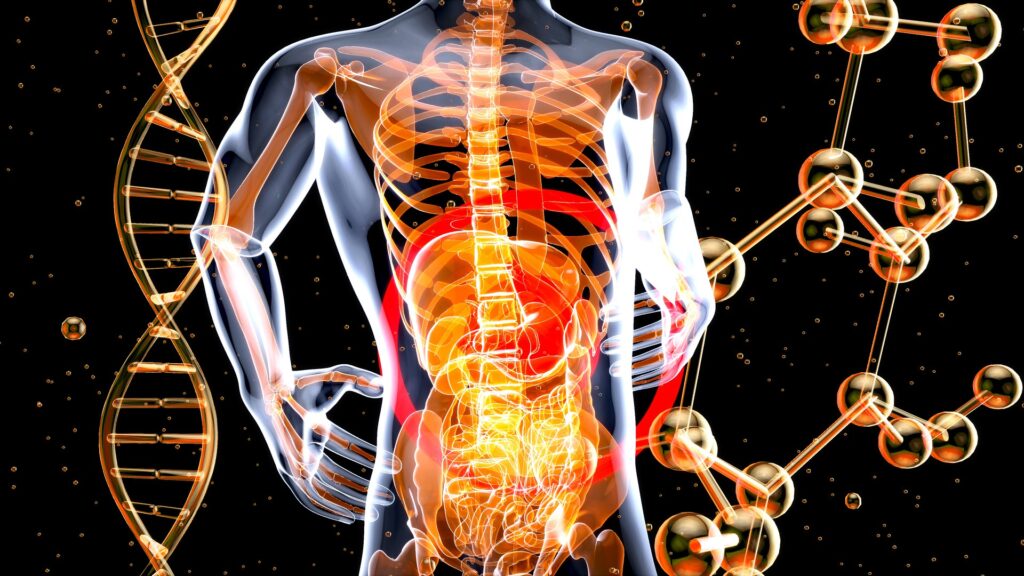The interest in the microbes that inhabit the human body is such that many scientists around the world are dedicated to their study. Using the most modern and sophisticated techniques, which make it possible to decipher the endless diversity of microbes that inhabit us, these scientists prospect all the places where microbes reside in the human body.
Examples of these sites are the respiratory tract, the oral cavity, the gastrointestinal and urogenital tracts, or the skin. The aim of these scientists is to understand how microbes can affect the health or disease state of their hosts.
As a general rule, such studies involve large technical, scientific and financial investments. However, a good return, including financial, is expected. The investments in question imply, not only the stimulus to scientific development and the promotion of knowledge of microorganisms, but, above all, they will also contribute to more and better health in humans.
Undoubtedly, this is an area of investigation that opens up new horizons for medicine, and for the sectors that intersect with it, such as the pharmaceutical industry or the nutrition sciences.
A concrete example of this cross are food products with probiotic or prebiotic action, which can modulate a certain physiological function in the human body, through microbial activity. Bioactive dairy products are already well known to everyone.
The gut, housing millions upon millions of microbes belonging to thousands of species, is perhaps the most important place in the human body inhabited by microbes. The reason why they live there is easy to understand, just think about the privileged environment we are talking about.
There, microbes have abundant food and water always available, the temperature is stable and at the ideal point and there are very few threats to their physical integrity. Although oxygen is scarce in these parts, many microbes have ways of living in its absence and, therefore, for them this is not a limitation either.
In fact, for many microbes the human intestine will be a true paradise, deservedly conquered after the stormy crossing of an acidic cauldron, which is the stomach.
But the fixation of such a vast microbial community in the human gut can only be explained on the basis of a mutual benefit (of the microbe and the host).
From participating in food digestion to contributing to the development of cellular immunity or interacting with the central nervous system, there are many implications for the presence of microbes in the human gut.
Normally, these produce beneficial effects, which overall contribute to the individual's health status. However, like any ecosystem, the human intestinal microbiome can also suffer imbalances, perhaps due to inadequate eating habits and lifestyles.
In such cases, instead of the different species living in harmony with each other and with the host, they lead to excessive accumulation or depletion of some chemical substances, and give rise to a whirlwind of unwanted reactions.
This chemical and biological chaos ends up contributing to different types of pathologies. Some allergies, intestinal inflammation, cardiovascular disease, obesity, cancer or diabetes are examples already well known to the scientific community.
Knowing the mechanisms that lead microbes to condition the emergence of obesity, diabetes or cancer is the first step towards working on their prevention. This will be a very promising mission for Medicine, Microbiology and Nutrition Sciences, which together will be able to contribute to a better diet and therefore to a healthier life.
Author Célia Manaia is a professor and researcher at the School of Biotechnology at the Catholic University of Porto




















Comments